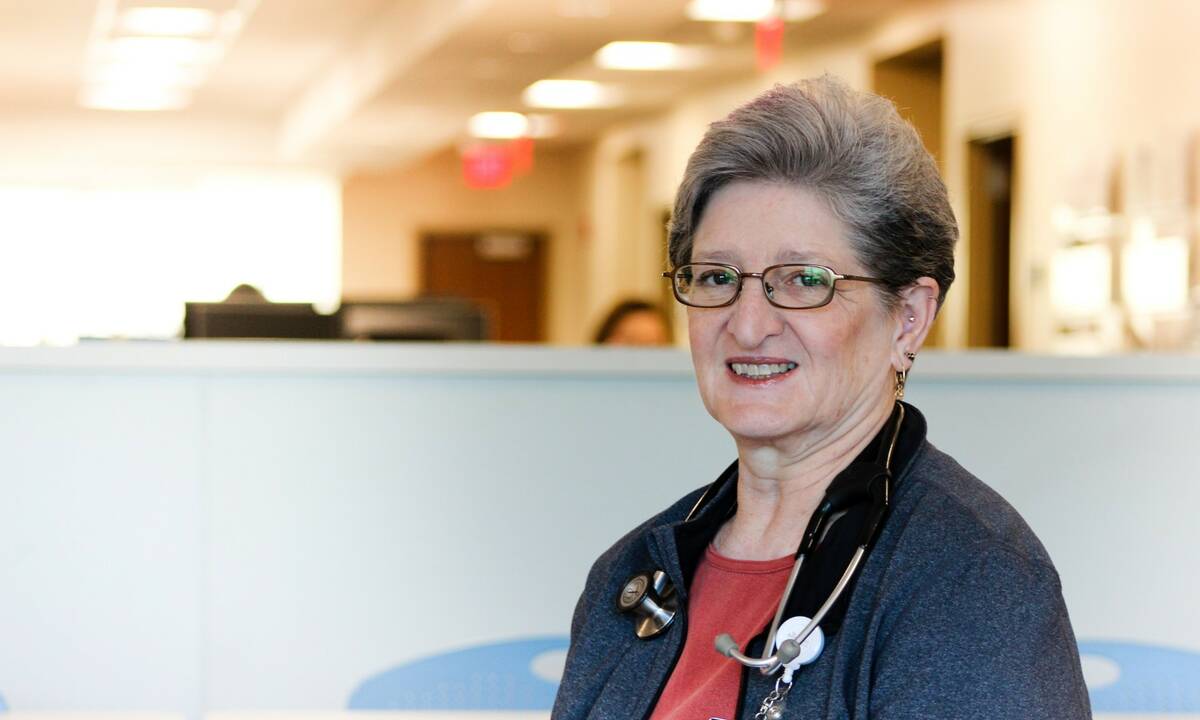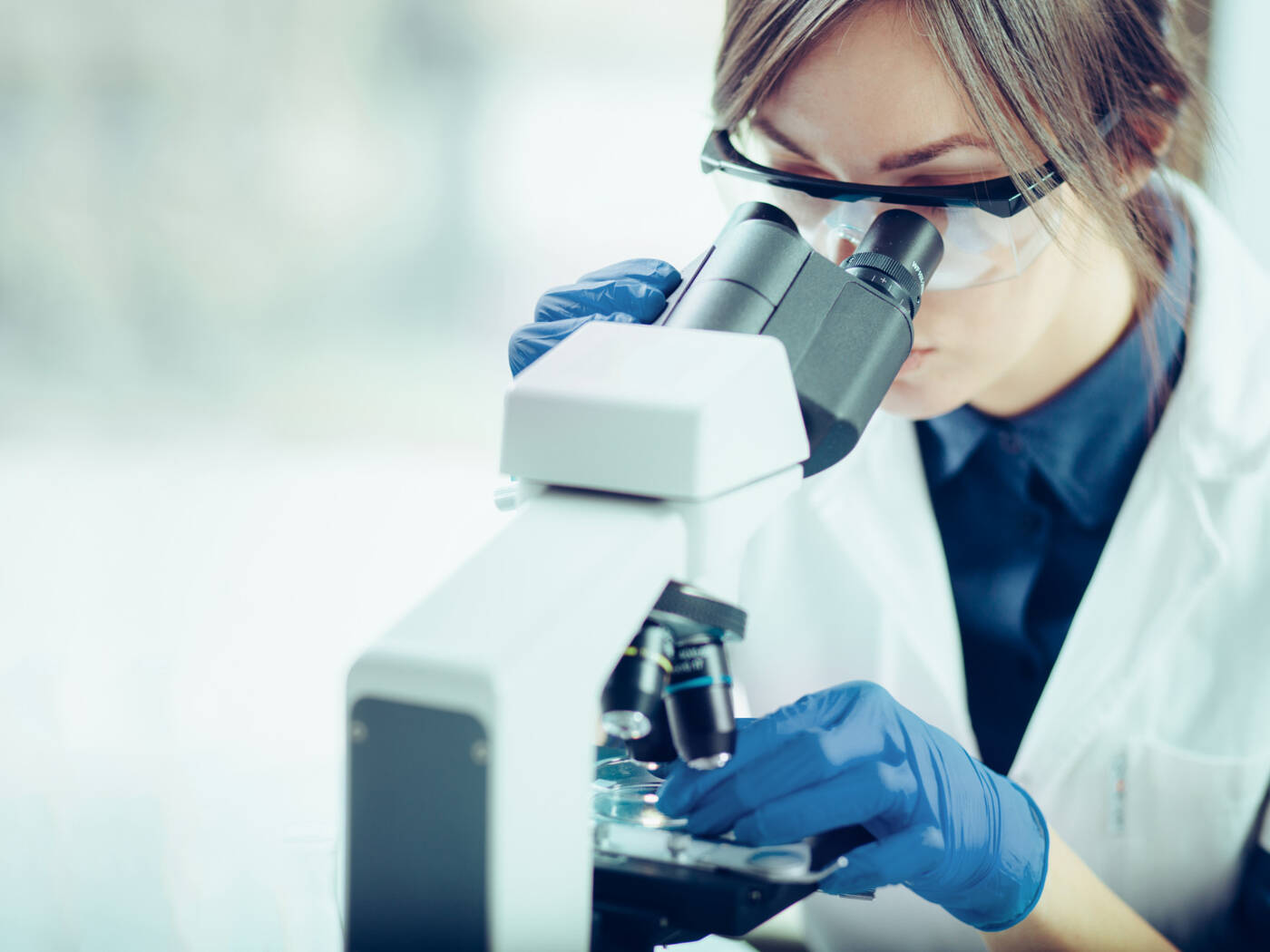Featured Story 25 March 2020
Misconceptions Surrounding COVID-19 Testing
Written by Dr. Jean Allais
Albany County's Health Officer, Dr. Jean Allais, addresses whirling questions around COVID-19 testing

As a guest columnist in the Boomerang, Dr. Allais clears up many of the misconceptions that are looming around the current status of testing for COVID-19.
With all the media attention regarding the new coronavirus that causes COVID-19, you may feel like you are getting mixed messages. A recent article carried by WyoFile.com, “Two who couldn’t get COVID-19 test: a study in rationing,” highlighted some pitfalls I would like to address.
On one hand, you hear that testing is becoming much more widely available. On the other hand, you are hearing that people who want testing are not able to get it. Let’s start from the beginning.
The new coronavirus was identified in Wuhan, China, after there was noted to be a cluster of unusual pneumonias in late December 2019. The first case in the U.S. was diagnosed on January 21, 2020. Initially in the U.S., testing was only available at the Centers for Disease Control (CDC). The test is called a polymerase chain reaction test (PCR), which is a very good test. It is the most reliable test to diagnose a viral infection. It is also a technically difficult test to do, and not all laboratories even have the capability. It is also run by hand and is slow to run. This limited the number of tests that could be done.
In early February, state Public Health Labs were able to do the test. Testing was still limited though, and run on a priority level based on knowledge we had at that time. Tests were only run on people who had the highest risk for infection based on travel history and exposure to known contacts. Also of high priority were people with symptoms and underlying diseases that put them at higher risk of severe infection.
There are machines that can run automated PCR tests. But, it took time for companies to develop tests for this virus, and for the FDA to approve them. That happened within the past week. So testing can now be done at commercial labs, too. This has expanded the number of tests that are available. But there are reagents (chemicals) needed to run the test, in addition to the swabs, and the solution the swabs are sent in. The system may not be able to handle the huge demand for all these supplies, and some labs are experiencing shortage of the supplies.
The testing sample is obtained by a health care worker inserting a tiny swab into the nostril, far back to the nasopharynx (where the nasal passage meets the throat) of the patient. This often causes a cough or sneeze reflex. Therefore, the healthcare worker needs to have full protective personal equipment (PPE) on to obtain the specimen. There has been a huge strain already put on the supply chain of PPE. Therefore every test that is unnecessary, is consuming one set of PPE that may well be needed for the person who is caring for a hospitalized patient.

Should everyone who wants a test be able to get one? If you do not have any symptoms at all, but are concerned that you may have been exposed, or just want reassurance that you do not have the virus, you definitely do not need to be tested. If you have been exposed, and have not developed symptoms, the test will be negative. If you are not infected, the test will be negative. It cannot predict that you will develop symptoms over the next two weeks. A negative test can give people a false sense of security in thinking they are fine to go out and about.
We know that most people (85%) who are infected will have mild illness and are able to recover at home. There is no approved treatment specific for this virus. If you are ill with respiratory symptoms, it is recommended that you stay home. That means not going to school, not going to work, not going shopping. Stay home. We do not want you transmitting your infection to other people. Test results would not make any difference in these recommendations and therefore testing is not needed in people with mild illness. It is also cold and flu season, and it is much more likely that one of these viruses is causing your symptoms. You should stay home until you have had no fever for 48 hours without use of medication that would bring fever down (such as acetaminophen), and until all of your symptoms have resolved.
Priority for who should be tested has changed as the pandemic has evolved. Now the highest priority for testing is when it will guide treatment, or change Public Health actions. This means healthcare workers, hospitalized patients, patients in communal living settings, and those with underlying disease at greatest risk of severe illness and their contacts are now at highest priority to be tested.
Why can’t we just do a bedside test like the test for influenza, and have results back in minutes, rather than days? The first one of those rapid “point of care” tests was just approved by the FDA today.
Also, wouldn’t it be better to know everyone who is infected, and how widespread the virus really is? Those types of tests look for antibodies to the virus, and will give us a much better picture of true mortality and infection rates. Those tests are still under development, and will be able to give us that information in the future.
Testing needs to be ordered by your clinician. We do not have an endless supply of tests and other resources. We understand you are anxious and these are stressful times. However, widespread testing is not yet available, and may not be right for your particular situation.
If you have fever, dry cough and shortness of breath, call the Wyoming COVID-19 information line at 2−1−1, or the Ivinson Memorial Hospital nurse triage at 307−755−4750. Do not go to your clinician office, urgent care or emergency room without calling first. This is for the protection of our healthcare providers, and our community, particularly the most vulnerable.
If you have severe symptoms, which include trouble breathing, chest pressure or pain, difficulty to arouse or bluish lips or face, call 911. Be sure to tell them you are concerned about having COVID-19.
The article noted above, told how two Wyoming residents feared that “their experiences of denied testing and delayed treatment…may have exacerbated the pandemic’s spread.” I hope the above explains why testing may not have been available to them at that time, and will not be available to everyone who wants testing currently. Again, there is no approved treatment for this virus currently.
The WyoFile.com article also stated that “Both traveled beyond their home towns and had weeks to unknowingly spread the contagion” and “She kept trying to work.” These statements, as well as many others in the article, are perfect examples of what not to do. Stay home if you are sick. Cover your cough. Wash your hands frequently. Put distance between yourself and other people.
Things are changing rapidly. There is no doubt, the days ahead will bring new challenges, some we can anticipate, others we cannot. For more information on the new coronavirus that causes COVID-19, go to CDC.gov